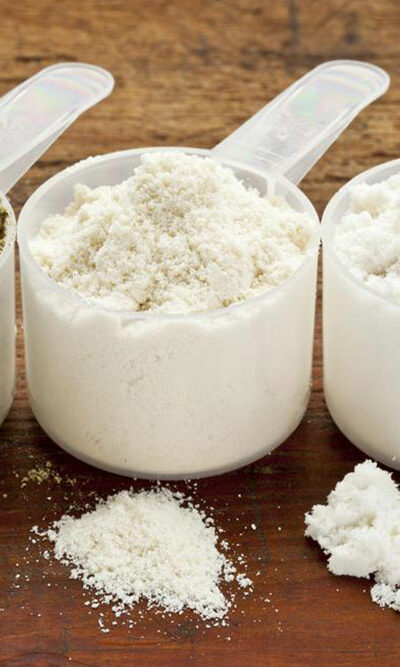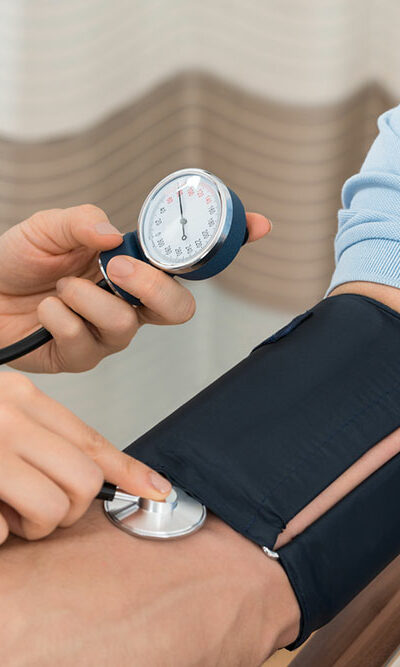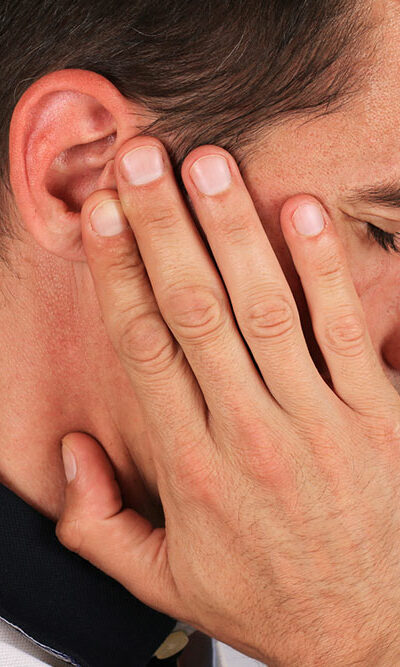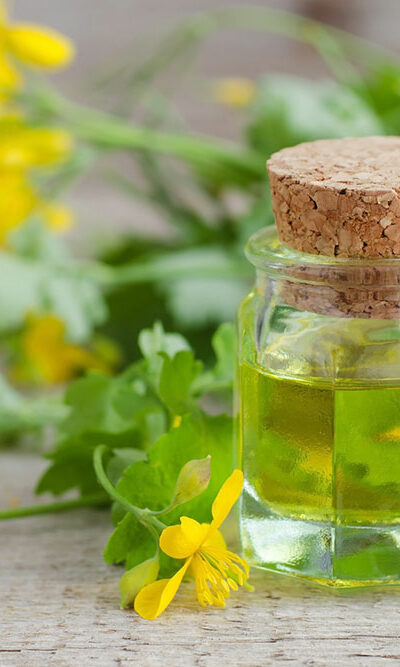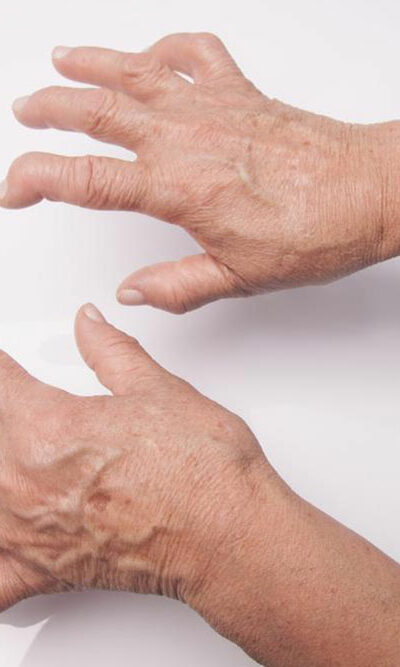
10 Best Multivitamins for Women
Getting the recommended dosage of vitamins is essential for overall health maintenance. Having a wholesome and a healthy diet alone does not ensure an adequate supply of essential vitamins to our body. All of the vitamin and mineral requirements of our body are not met by natural, whole foods. Hence, doctors recommend multivitamin supplements to bridge this nutritional gap. Given the fact that the nutritional requirements of women differ from that of men, choosing the best multivitamins for women requires careful evaluation of the nutritional needs and other factors. Intake of multivitamins needs to be done after a detailed evaluation of the nutritional gaps and consultation with a physician or a registered dietician. Essential vitamins for the proper functioning of the body Here is a list of vitamins that are essential for the proper functioning of the body. Vitamin A Vitamin B1/B2/B3 Vitamin B5/B6 Vitamin B7/B9/B12 Vitamin C Vitamin K Vitamin E Choline Who needs to take multivitamins? Those who do not have healthy eating habits require multivitamins to fill the nutritional gaps. People who have a poor appetite due to health complications or illnesses need them too. Pregnant women and nursing mothers require an additional supply of vitamins and minerals, which are provided by multivitamin supplements. Those on diet restrictions may also need multivitamin supplements to make up for lack of nutrients. Senior citizens require multivitamins to compensate for depleted nutrients due to old age. How to choose the right multivitamin for women? What are the factors to be considered before choosing the best multivitamins for women? Although each multivitamin brand varies slightly based on the ingredients and the quantities, the main vitamin and mineral content remains the same. The rate of absorption of the contents of multivitamins is the differentiating factor between various brands of multivitamins. Women should scrutinize the contents of the multivitamins before consumption.

